Retro Replay Review
Gameplay
F-16 Aggressor places you in command of a mercenary squadron, channeling the career-driven structure of classics like Strike Commander. Instead of simply logging flight hours, you earn credits from each mission that boost your rank and unlock new aircraft skins and mission types. This progression system adds a palpable sense of purpose to every sortie, transforming routine patrols into valuable stepping stones toward the top of the mercenary hierarchy.
The core of F-16 Aggressor’s gameplay lies in its series of pre-made African missions, ranging from close air support in arid deserts to high-stakes interception runs over savannah landscapes. Variety is injected through mission parameters—escort convoys, strike deep into hostile territory, or defend a forward base under siege. Each scenario feels distinct thanks to differing objectives, threat profiles, and environmental challenges like shifting wind patterns and mountainous terrain.
On the multiplayer front, the game supports up to eight-player dogfights, letting you test your skills against human opponents in classic free-for-all or team-based skirmishes. Aggressor includes advanced simulation features—blackouts under high G, redouts when pulling too hard, and authentic flight dynamics that reward careful energy management. The only notable omission is a padlock view, which means you’ll rely on manual target tracking rather than a simplified “snap-to” camera, raising the skill ceiling for dedicated sim pilots.
Graphics
Visually, F-16 Aggressor leverages Direct3D and Glide acceleration to deliver a solid mid-’90s simulation experience. Terrain textures are crisp, and draw distances are respectable for the era, allowing you to spot distant targets or landmarks long before you reach them. Frame rates remain stable even with multiple aircraft on screen, thanks to well-optimized rendering code.
Particle effects shine during missile launches and engine plumes, with smoke trails gracefully curving through the sky and bomb blasts producing satisfying bursts of debris. Lighting effects—sun glare off the fuselage, dynamic shadows from wing flaps, and flickering runway lights—enhance immersion and underscore the game’s commitment to realism.
The cockpit is modeled in reasonable detail, with legible instruments and functioning switches that respond to mouse clicks or joystick toggles. While some textures can appear flat up close, the heads-up display (HUD) remains clear and uncluttered, providing essential flight and weapons data without overwhelming the view. Exterior aircraft models capture the F-16’s iconic silhouette, though ground vehicle art can occasionally feel simplistic.
Story
Rather than a deep narrative campaign, F-16 Aggressor frames each mission with concise briefings that outline objectives, political context, and available assets. You play as a freelance pilot for hire, joining a ragtag squadron operating in volatile African regions. This loose storyline gives enough context for your sorties without bogging you down in cutscenes or lengthy exposition.
Your progression through the mercenary ranks serves as the game’s primary narrative thread. Earned credits translate directly into promotions and reputation boosts within the squadron, unlocking access to more complex and high-stakes missions. This ranking mechanic motivates performance and injects a tangible reward system that feels organic to the mercenary concept.
While there’s no branching storyline or character-driven drama, the game’s intermittent radio chatter and briefing debrief sessions offer a taste of life in a hired fighter pilot’s world. The minimalist approach to story ensures that the focus remains on the cockpit, the skies, and the thrill of combat rather than on scripted drama or character arcs.
Overall Experience
F-16 Aggressor strikes a strong balance between authentic flight simulation and accessible mission-based structure. Hardcore sim fans will appreciate the attention to aerodynamic detail, realistic G-forces, and the rewarding challenge of manual target tracking. At the same time, the mercenary ranking system provides a user-friendly progression curve that keeps each mission feeling meaningful.
On the downside, the lack of a padlock view can frustrate pilots accustomed to quick target acquisition, and the sparse narrative may leave players seeking a deeper story wanting more. However, these trade-offs are minor compared to the adrenaline of multiplayer dogfights and the satisfaction of mastering the F-16’s flight characteristics.
Ultimately, F-16 Aggressor offers a compelling package for anyone eager to experience mercenary life in a frontline jet. With its varied African mission set, solid graphical presentation, and scalable challenge between single-player ranks and eight-player skirmishes, it remains a noteworthy title in the lineage of ’90s combat flight simulators. Prospective buyers who crave realistic flight models and structured progression will find plenty to enjoy here.
 Retro Replay Retro Replay gaming reviews, news, emulation, geek stuff and more!
Retro Replay Retro Replay gaming reviews, news, emulation, geek stuff and more!
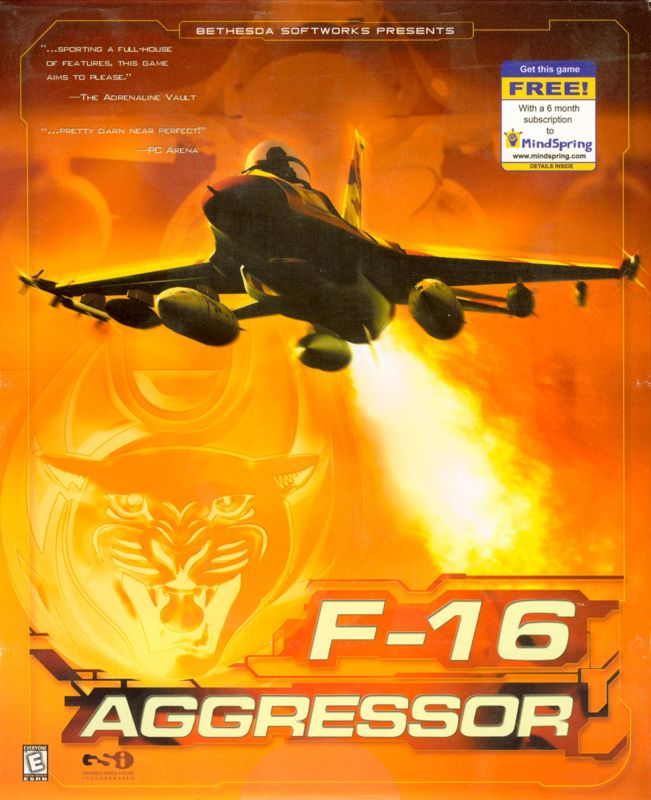
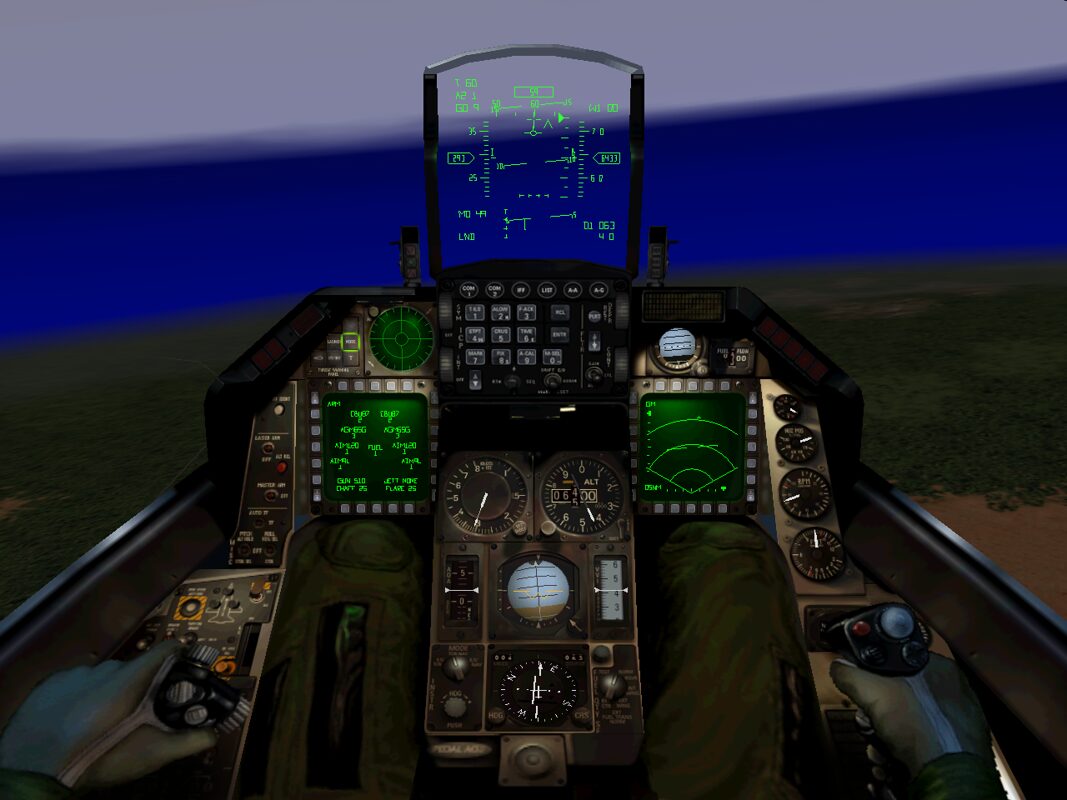
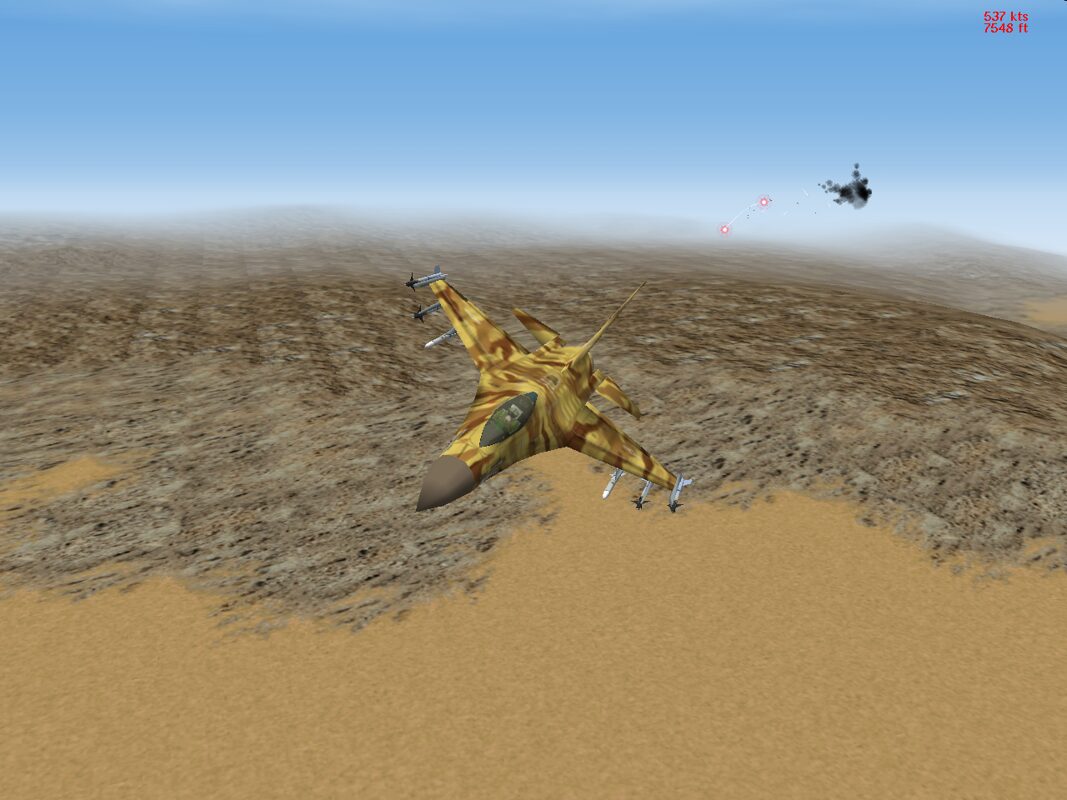
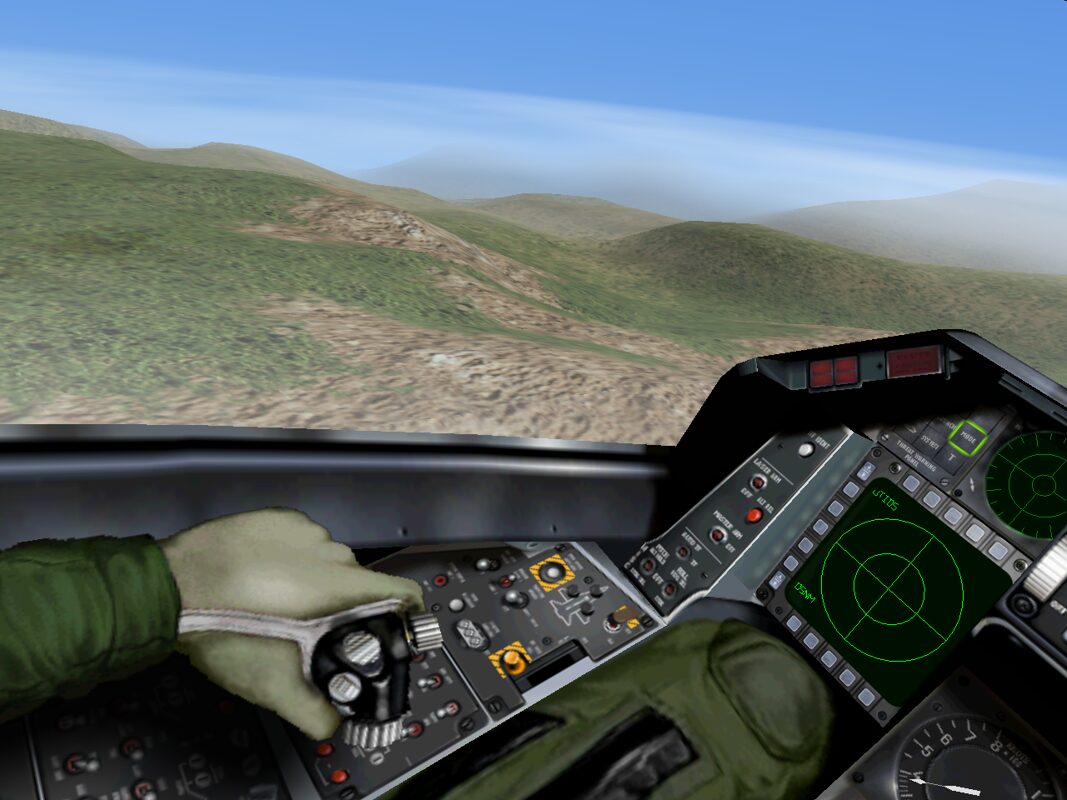
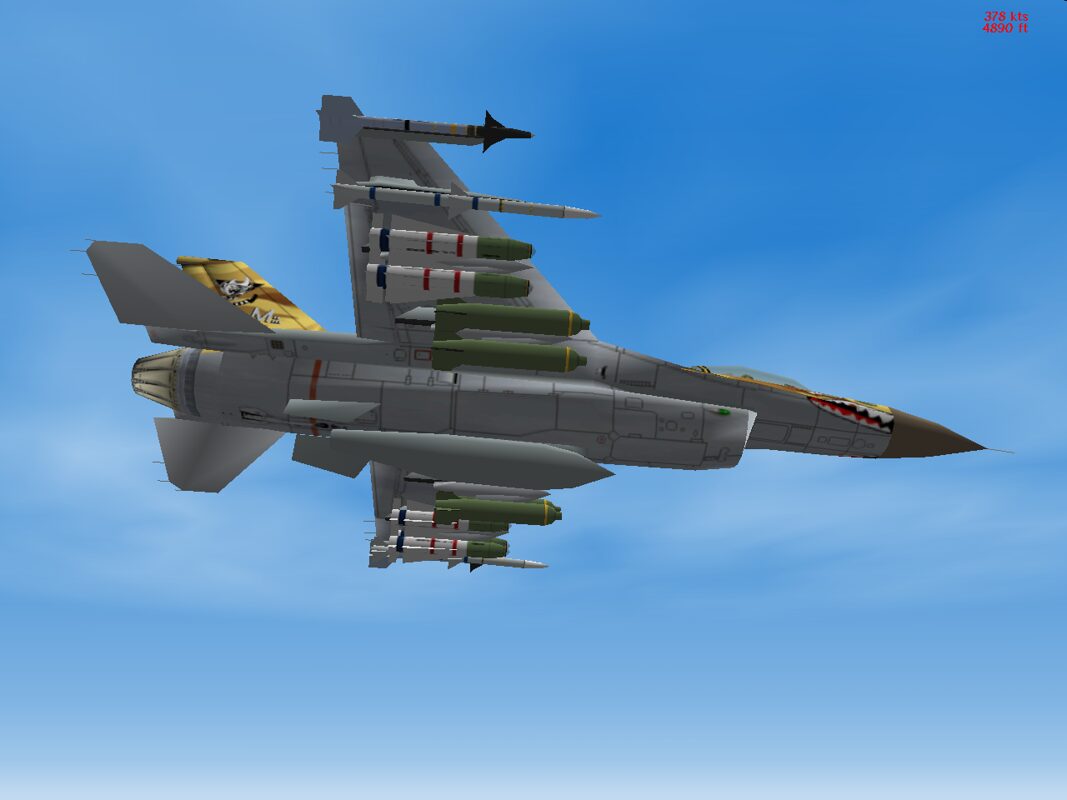
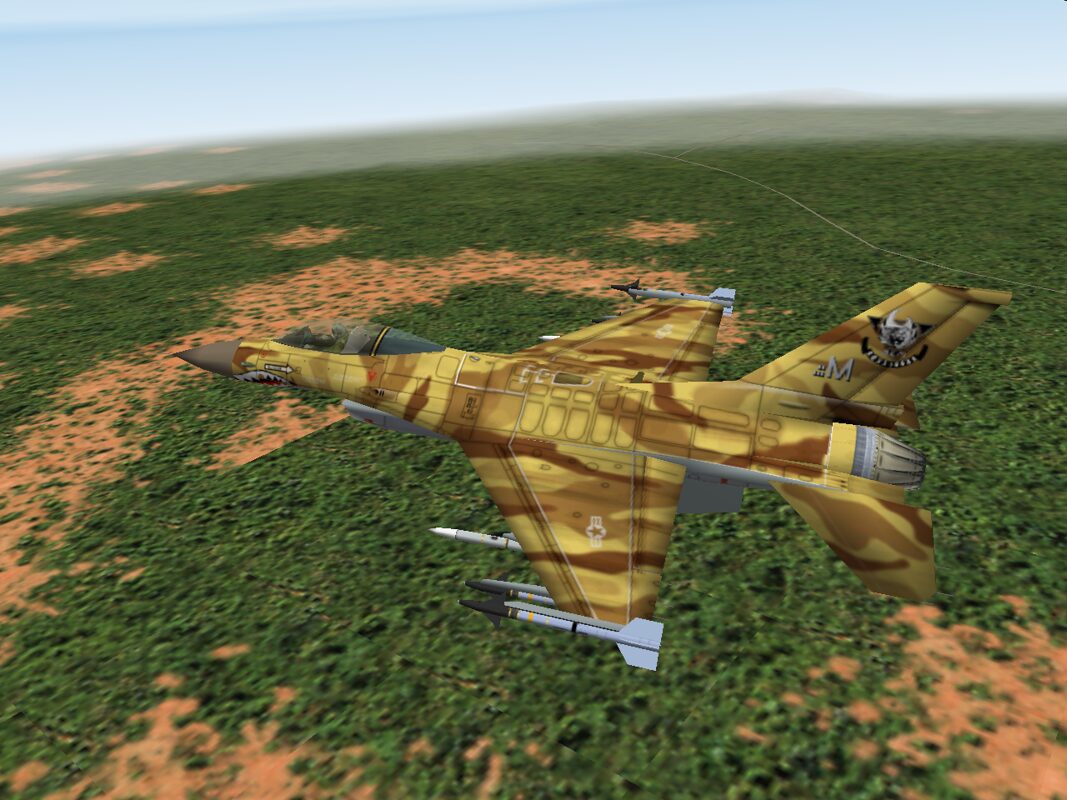



Reviews
There are no reviews yet.